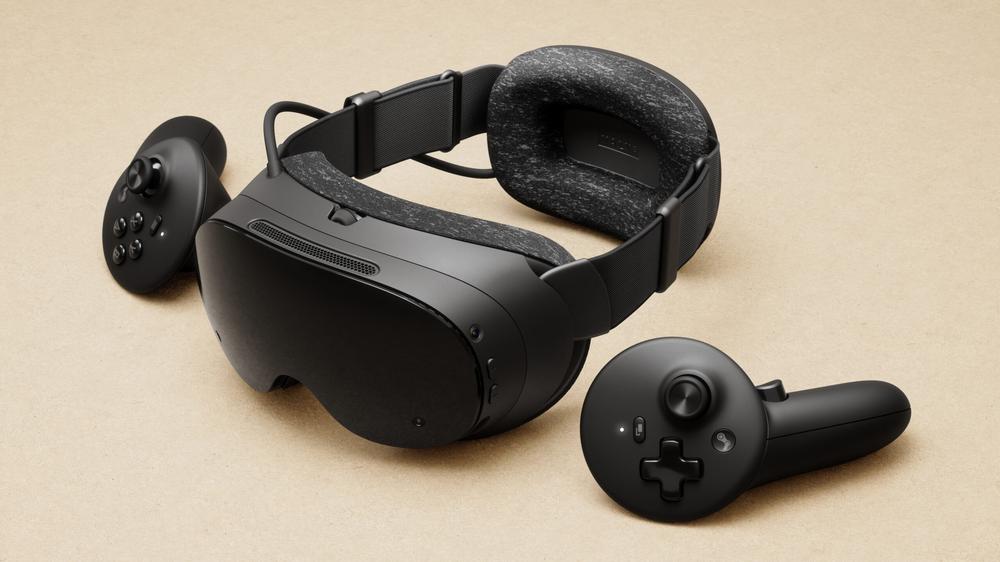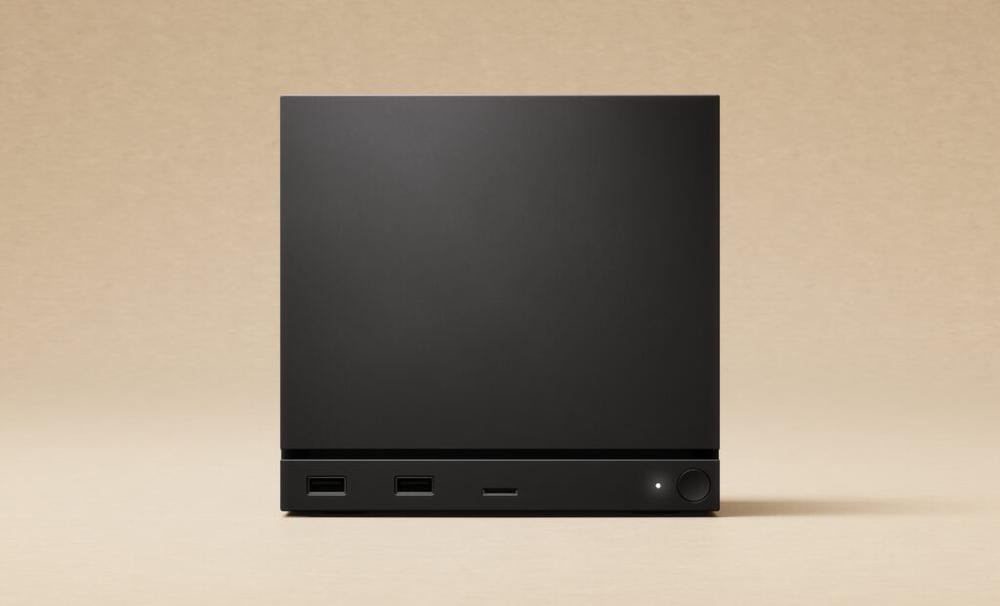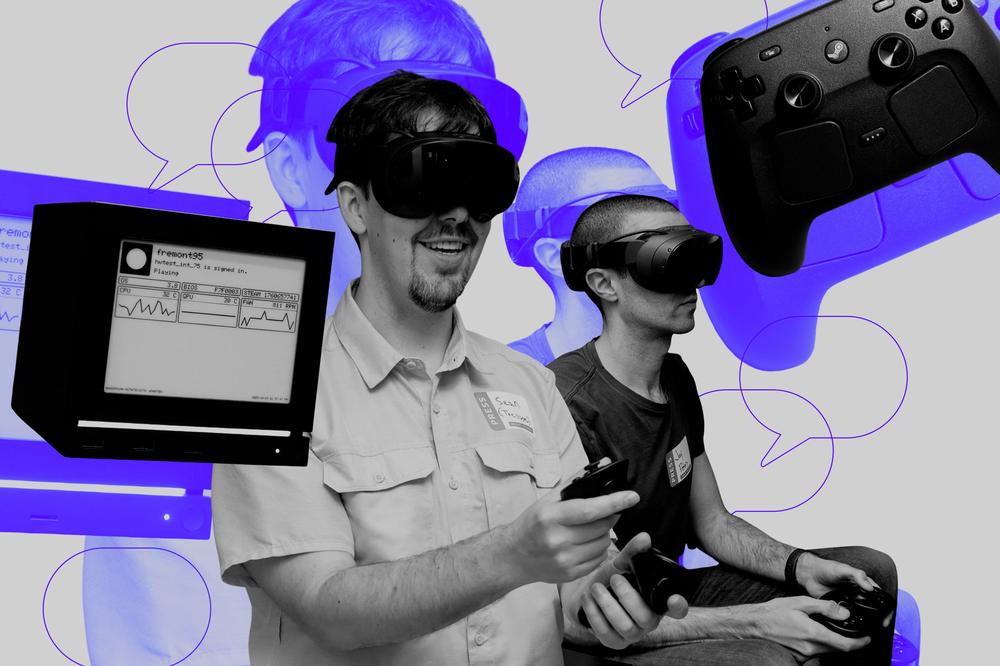Six years ago, Valve made its second big virtual reality push, launching the Valve Index headset alongside VR blockbuster Half-Life Alyx. Since then, the company seems to have lost interest in virtual reality gaming, letting competitors like Meta release regular standalone hardware updates as the PC-tethered Index continued to age.
Now, after years of rumors, Valve is finally ready to officially rejoin the VR hardware race. The Steam Frame, set to launch in early 2026, will run both VR and traditional Steam games locally through SteamOS or stream them wirelessly from a local PC.
Powered by a Snapdragon 8 Gen 3 processor with 16 GB of RAM, the Steam Frame sports a 2160 x 2160 resolution display per eye at an “up to 110 degrees” field-of-view and up to 144 Hz. That’s all roughly in line with 2023’s Meta Quest 3, which runs on the slightly less performant Snapdragon XR2 Gen 2 processor. Valve’s new headset will be available in models sporting 256GB and 1TB or internal storage, both with the option for expansion via a microSD card slot. Pricing details have not yet been revealed publicly.
The Steam Frame’s inside-out tracking cameras mean you won’t have to set up the awkward external base stations that were necessary for previous SteamVR headsets (including the Index). But that also means old SteamVR controllers won’t work with the new hardware. Instead, included Steam Frame controllers will track your hand movements, provide haptic feedback, and offer “input parity with a traditional game pad” through the usual buttons and control sticks.
Who needs wires?
For those who want to bring desktop GPU power to their VR experience, the Steam Frame will be able to connect wirelessly to a PC using an included 6 GHz Wi-Fi 6E adapter. That streaming will be enhanced by what Valve is calling “foveated rendering” technology, which sends the highest-resolution video stream to where your eyes are directly focused (as tracked by two internal cameras).
That will help Steam Frame streaming establish a “fast, direct, low-latency link” to the machine, Valve said, though the company has yet to respond to questions about just how much additional wireless latency users can expect. That final number will be important, as every additional millisecond of delay between head movement and pixels seen on the headset display can be extra disorienting when in virtual reality.
Valve also tells Ars that streaming to the Steam Frame will be “as efficient as possible,” maximizing battery life from the included 21.6 Wh battery. “Standalone battery life will be much more variable, depending on the game and its settings,” Valve Engineer Jeremy Selan and Designer Lawrence Yang told Ars via email.
While a wired PC connection would go a long way toward addressing those battery-life and extra latency concerns, Valve said the Steam Frame won’t even support it as an option. “We’re focused on a robust wireless streaming experience, which is why we included a dedicated wireless adapter, have a dedicated radio on the headset just for streaming, and invented a new streaming technology to optimize the streaming experience (Foveated Streaming),” Selan and Yang told Ars.
A low-weight modular “core”
All told, the Steam Frame comes in at just 440 grams, a welcome and sizeable reduction from the 515 grams of the Quest 3. Interestingly, Valve’s spec sheet also specifically calls out the 185 gram “core” of the headset hardware, which comprises all the main components besides the battery, headstrap, and speakers (e.g., lenses, displays, motherboard, cooling, processor, RAM, tracking system, etc).
That core weight is important, Selan and Yang told Ars, because “it’s designed to be modular so one could imagine other headsets connecting to this core module that bring different features.” So tinkerers or third-party headset makers could theoretically build modified versions of the Steam Frame with lighter batteries or streamlined headstrap/speaker combos, for instance. The Steam Frame’s monochrome passthrough cameras can also be accessed via a front expansion port with a standardized Gen 4 PCIe interface, Valve said.
It’s an interesting potential direction for new hardware that will launch into a more niche, less irrationally exuberant VR market than Valve’s previous virtual reality headsets. But with companies like Apple and Meta pivoting toward augmented reality and/or mixed-reality hardware of late, it’s nice to see Valve continuing to cater to the small but dedicated market of gamers who are still interested in playing in fully immersive VR environments.

 Steam Deck minus the screen: Valve announces new Steam Machine, Controller hardware
Steam Deck minus the screen: Valve announces new Steam Machine, Controller hardware